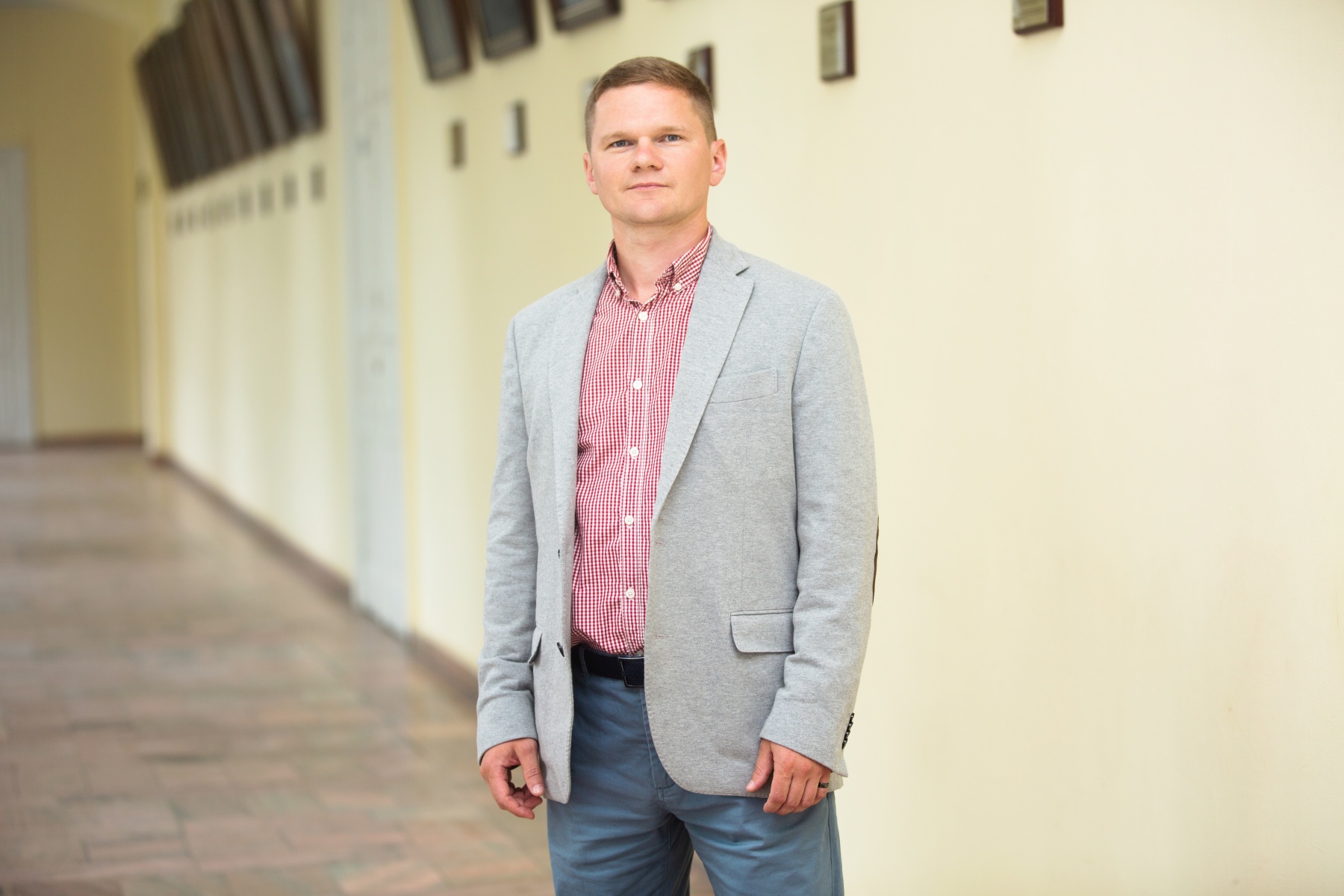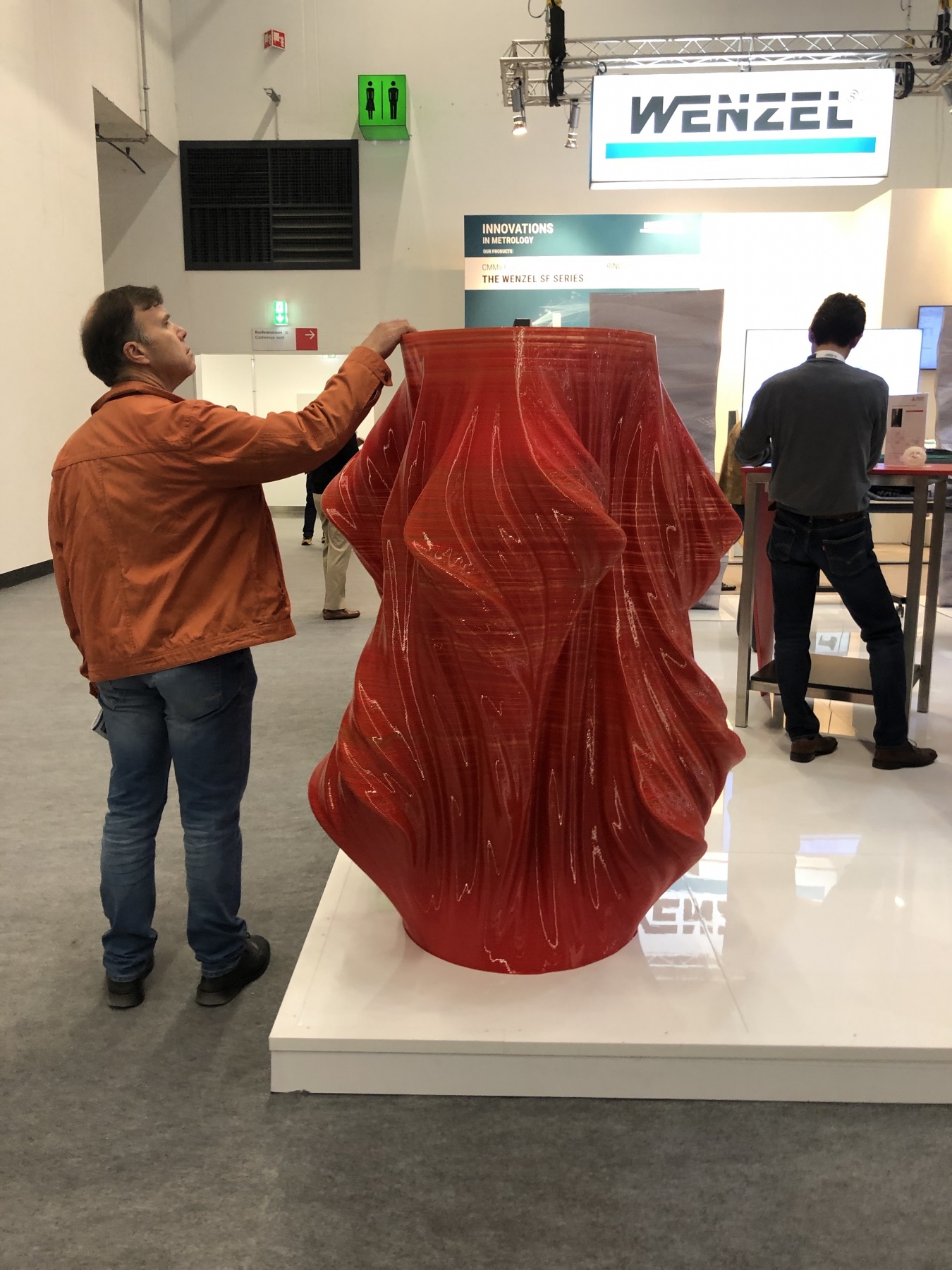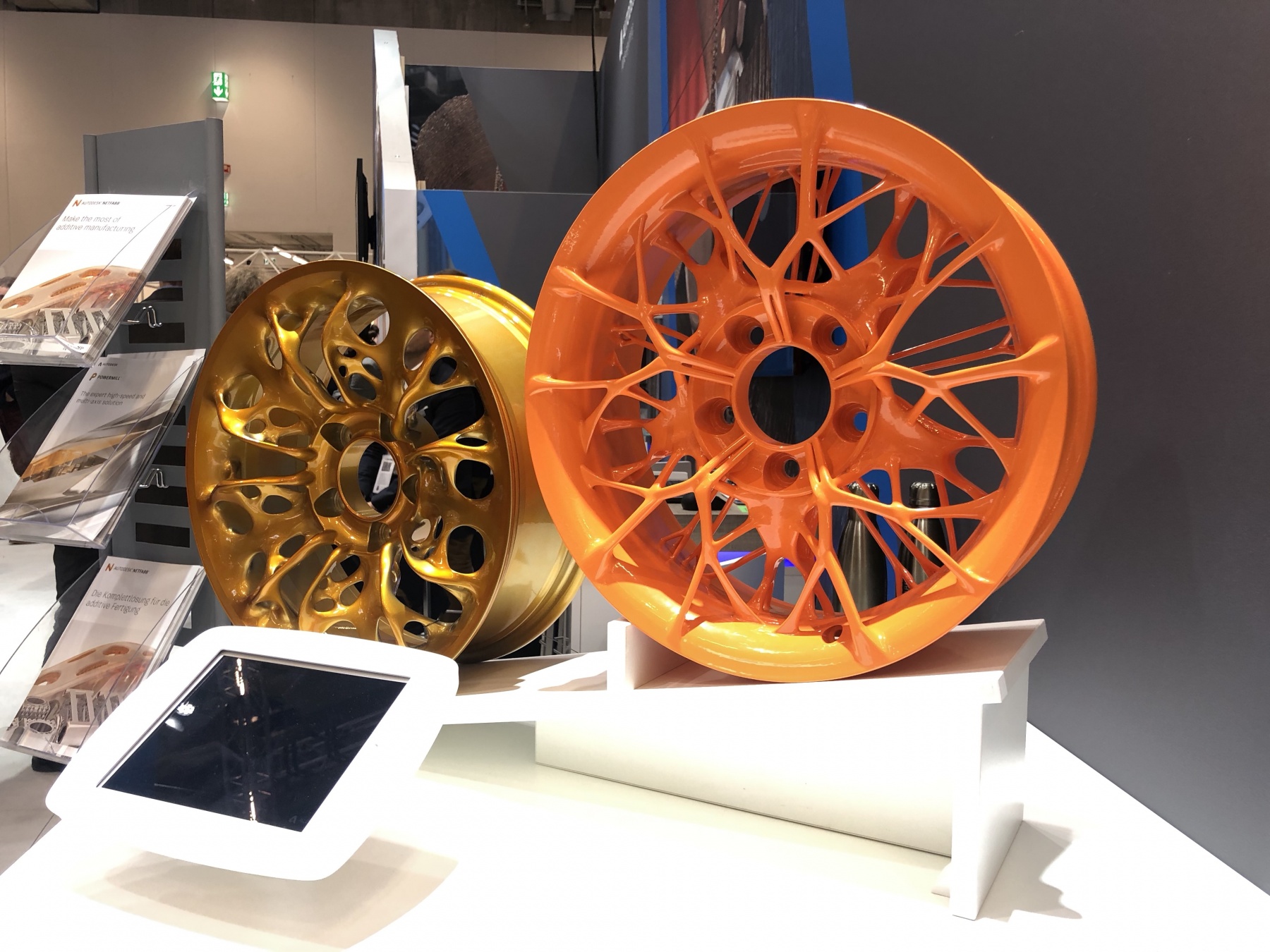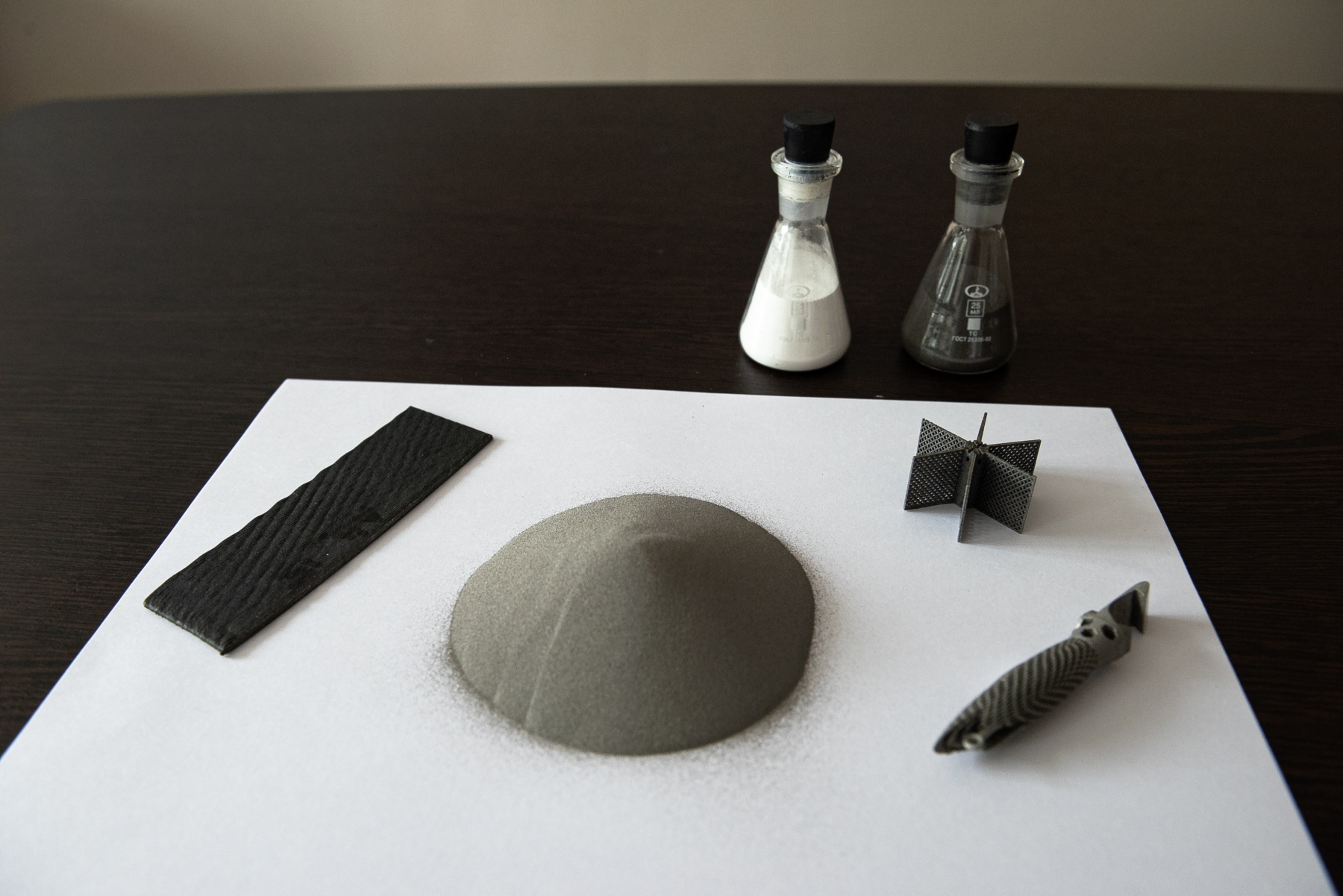At the end of June,the Academic Ranking of World Universities (ARWU), also known as Shanghai Ranking, published one of the world's most influential rankings by subject area for 2020. In the Shanghai global ranking, our classical Tomsk State University, among other high positions, took third national place in ... metallurgical engineering! This unique achievement became possible thanks to the professional attention provided by Professor Alexander Vorozhtsov, Vice-Rector for Research and Innovation, and the work of several teams headed by young TSU scientists.
We have met with Vladimir Promakhov, Ph.D. in Engineering, Deputy Director at Additive Technologies Research and Educational Center. Our conversation was focused on his team’s current work and additive technologies that have become so important for science.
 - How would you explain the fact that classical Tomsk State University could bypass the country's technical universities and got such high ranking positions in the field of "metallurgical engineering"?
- How would you explain the fact that classical Tomsk State University could bypass the country's technical universities and got such high ranking positions in the field of "metallurgical engineering"?
- It became possible thanks to the work of several TSU teams. Over the past 10 years, several key projects in metallurgical engineering have been carried out and some scientific solutions have been proposed to obtain nanostructured metal-matrix composites based on light alloys. People started gathering in a small scientific group, focusing their professional interest in additive technologies. Nevertheless, we remain a single large team capable of solving large-scale tasks in the field of metallurgy in general.
- Let's first explain what additive technologies are.
- Let's do that! Additive technologies began to develop in Russia at the beginning of the 2000s: “toy projects” with no serious outcomes grew into industrial ones in ten years. Today, there are countless additive manufacturing printers for ceramics, polymers, composites, metals, powders, and filaments. Additive technologies already work in various industries: car, aircraft, and rocketry (production of external and internal automotive parts, elements of aircraft and missile hulls); extraction of natural resources (manufacturing of gas and oil production equipment); architecture and interior design (creation of structural elements for buildings and furniture); medicine (printing implants) and clothing and footwear (production of shoes, accessories, and jewelry). Additive technologies help to produce unique things that cannot be cast. They are topologically optimized and bionically designed.
– What does that mean?
- Bionic design is associated with the creation of objects that resemble natural objects by shape and other properties. Topological optimization is the creation of a lighter element of any structure by  eliminating parts that are not functional. To do that, special mathematical models are developed, in which the parameters of the material and loads (tensile, compressive, and bending) are put. They help to "paint" a picture of maximum stress localization. It is in these places that the material remains in large quantities so that the entire structure can withstand the loads. The rest is removed.
eliminating parts that are not functional. To do that, special mathematical models are developed, in which the parameters of the material and loads (tensile, compressive, and bending) are put. They help to "paint" a picture of maximum stress localization. It is in these places that the material remains in large quantities so that the entire structure can withstand the loads. The rest is removed.
- And yet, what is the essence of these additive technologies?
- To produce any element, one needs to take an alloy, turn it into powder, and then place it in a special laser growing machine. At the same time, each manufacturer of such machines and lasers, as well as manufacturers of powders, has different parameters of their products. A large number of combinations of these parameters affect the quality of the final product. The main question remains unanswered: what properties should a specific element that we want to put, for example, on an airplane have? This greatly complicates the application of additive technologies in mass production. When introducing any material into the industrial sphere, regulatory documentation is required, which very clearly represents the characteristics of this material: how strong, solid, elastic it must be, and so on.
 Now we need to go back a little and clarify the term "additive". It came from the word "add": the product is obtained not by subtracting metal from a piece, but by adding metal in layers and then gluing them together. This provides a high utilization rate - no waste in the form of chips. But at the same time, when the metal is applied layer by layer, pores, stress, and lack of fusion appear. These are all defects that are difficult to control, and at the same time, they greatly affect the properties of the product.
Now we need to go back a little and clarify the term "additive". It came from the word "add": the product is obtained not by subtracting metal from a piece, but by adding metal in layers and then gluing them together. This provides a high utilization rate - no waste in the form of chips. But at the same time, when the metal is applied layer by layer, pores, stress, and lack of fusion appear. These are all defects that are difficult to control, and at the same time, they greatly affect the properties of the product.
We study the parameters and properties of materials obtained by them. From the point of fundamental science, we form a knowledge base on the structure and properties of these materials.
– Do you think you will solve this problem soon?
- Work on such documentation began about ten years ago outside Russia and five years ago in our country. This work takes a lot of effort and time, the result should be the list of standards for powders and production methods. The production of heat-resistant alloys required in high-tech areas such as aircraft construction and the space industry has already been regulated.
- Let's now return to where you started your story: your study of metal-matrix composite materials. What are those?
 - Composites are materials made from two or more inhomogeneous and insoluble constituents. Everyone knows that "composites are good", as their properties are superior to homogeneous materials. The task, which is constantly being worked on in metallurgy engineering, is to obtain even better composites. We have the same goal in our research: to obtain products that can operate at very high temperatures and vibration loads, for example, in aircraft engines.
- Composites are materials made from two or more inhomogeneous and insoluble constituents. Everyone knows that "composites are good", as their properties are superior to homogeneous materials. The task, which is constantly being worked on in metallurgy engineering, is to obtain even better composites. We have the same goal in our research: to obtain products that can operate at very high temperatures and vibration loads, for example, in aircraft engines.
Our colleagues have been engaged in metallurgy at TSU for 20 years. Based on their experience, we have created unique composites. Imagine a powder, in which each 50-micron particle inside contains evenly distributed ceramic particles 2 microns in size! A mixture of our composite powders with metal powders enters the printer, melts, and turns into a structure with completely new qualities: increased hardness, wear resistance, and ultimate strength. The latter is very important in making constructions lighter: the stronger the material, the thinner and lighter you can make a part for an airplane or a rocket.
Another achievement of our large team is the creation of ligatures for the metallurgical industry. Master alloys are materials used as additives in the smelting of basic alloys of steel, iron, nickel, and so  on. When smelting nickel alloys (stainless steel), our master alloys increase the chromium from 20% to 40% (this increases the heat resistance) and introduce a small amount of nitrogen (it increases the strength). The result is an alloy with an operating potential of up to 1,500 degrees, and these simply did not exist before.
on. When smelting nickel alloys (stainless steel), our master alloys increase the chromium from 20% to 40% (this increases the heat resistance) and introduce a small amount of nitrogen (it increases the strength). The result is an alloy with an operating potential of up to 1,500 degrees, and these simply did not exist before.
In the next issue of our blog, we will continue Vladimir Promakhov's story about working with additive technologies at TSU.
Editorial Board